Home>Furniture & Design>Outdoor Furniture>How To Protect Outdoor Plumbing
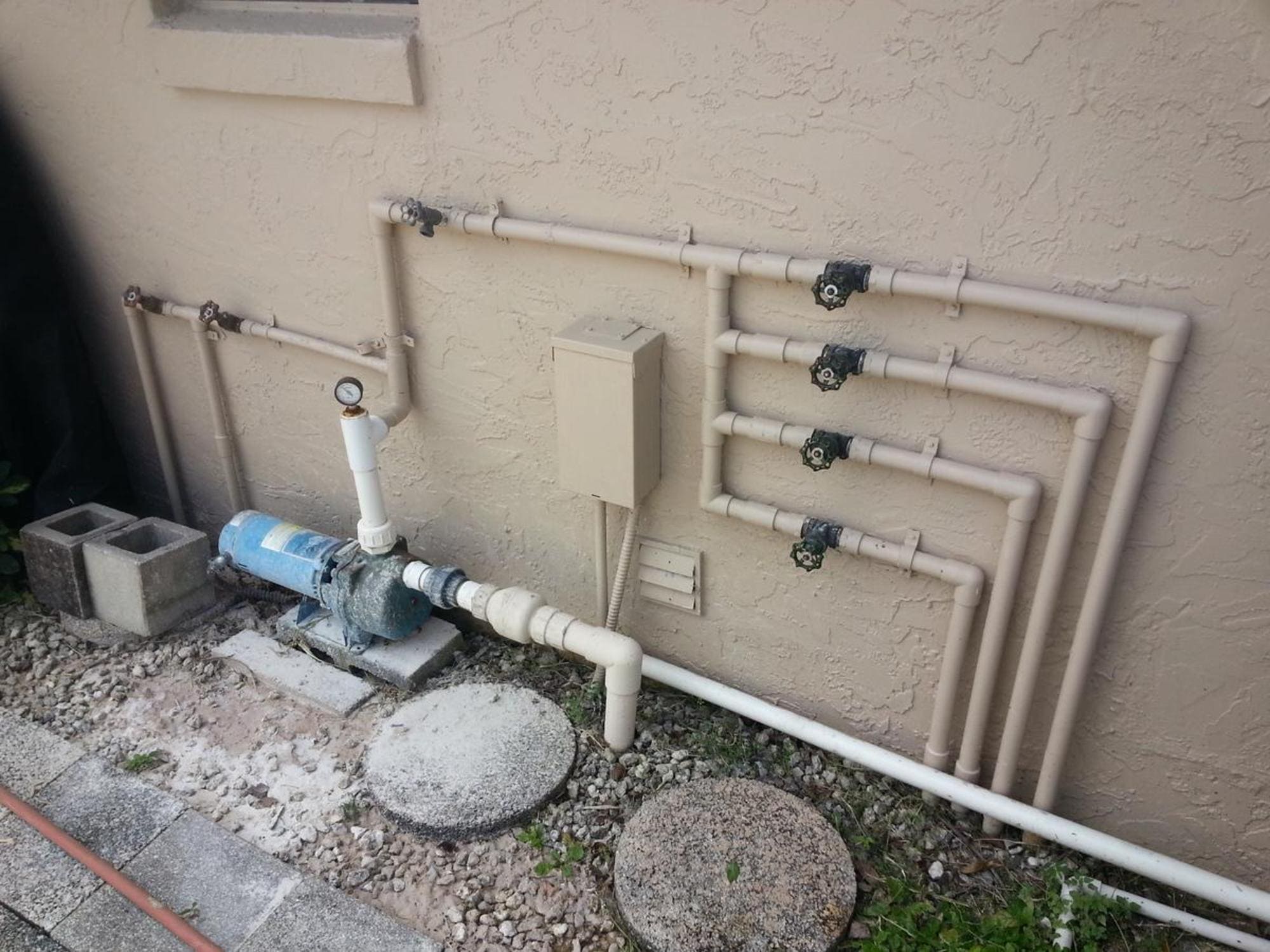

Outdoor Furniture
How To Protect Outdoor Plumbing
Modified: February 18, 2024
Learn how to protect your outdoor plumbing with our expert tips and advice. Keep your outdoor furniture, furniture, and design safe from the elements.
(Many of the links in this article redirect to a specific reviewed product. Your purchase of these products through affiliate links helps to generate commission for Storables.com, at no extra cost. Learn more)
Introduction
When it comes to maintaining your outdoor living space, protecting your outdoor plumbing is a crucial aspect that often goes overlooked. As the seasons change, the risk of frozen or damaged pipes increases, posing a significant threat to your property and your wallet. In this article, we will delve into the essential steps and strategies to safeguard your outdoor plumbing, ensuring that it remains functional and undamaged throughout the year.
Whether you are a seasoned homeowner or a novice in the realm of outdoor maintenance, understanding the risks and implementing preventive measures is vital to avoid potential headaches and costly repairs down the line. By taking proactive steps to protect your outdoor plumbing, you can enjoy peace of mind and a well-maintained outdoor space regardless of the weather conditions.
Let's explore the various methods and best practices for safeguarding your outdoor plumbing, from insulating pipes to using freeze-resistant fixtures and performing regular maintenance. By the end of this article, you will have a comprehensive understanding of how to protect your outdoor plumbing effectively, allowing you to enjoy your outdoor oasis without the worry of plumbing mishaps.
Key Takeaways:
- Protecting outdoor plumbing is crucial to avoid damage from freezing temperatures. Insulate pipes, use freeze-resistant fixtures, and perform regular maintenance to ensure functionality and longevity.
- By taking proactive steps like insulating pipes and using freeze-resistant fixtures, you can enjoy your outdoor space without worrying about plumbing mishaps. Regular maintenance is key to preserving your outdoor plumbing system.
Understanding the Risks
Before delving into the specific measures to protect your outdoor plumbing, it’s essential to grasp the potential risks that outdoor plumbing faces, particularly in regions with fluctuating temperatures. One of the primary concerns is the risk of frozen pipes, which can lead to substantial damage and inconvenience.
When water inside outdoor pipes freezes, it expands, exerting immense pressure on the pipe walls. This pressure can cause pipes to crack or burst, resulting in leaks and water damage to your property. Additionally, frozen pipes can disrupt the flow of water to outdoor fixtures, rendering them inoperable until the issue is resolved.
Moreover, outdoor plumbing fixtures, such as faucets and hose bibs, are susceptible to freezing temperatures. If not adequately protected, these fixtures can freeze and crack, leading to leaks and water wastage. Furthermore, the expansion and contraction of materials due to temperature variations can weaken the structural integrity of outdoor plumbing components over time.
Another risk to consider is the potential for sediment and debris accumulation in outdoor plumbing during periods of inactivity. If not addressed, this buildup can obstruct the flow of water and result in corrosion, reducing the lifespan of the plumbing system.
By understanding these risks, you can appreciate the importance of implementing preventive measures to safeguard your outdoor plumbing. From insulation to regular maintenance, taking proactive steps can mitigate these risks and ensure the longevity and functionality of your outdoor plumbing system.
Insulating Pipes
Insulating outdoor pipes is a fundamental step in protecting them from the adverse effects of cold temperatures. This preventive measure helps maintain the temperature of the water inside the pipes, reducing the risk of freezing and potential damage. Here’s how you can effectively insulate your outdoor pipes:
- Identify Vulnerable Areas: Begin by identifying the outdoor pipes that are most susceptible to freezing. These may include exposed pipes along exterior walls, in unheated spaces such as garages, or those leading to outdoor fixtures.
- Select Insulation Materials: Choose appropriate insulation materials such as foam pipe sleeves, heat tape, or fiberglass pipe wrap. These materials are designed to provide a protective barrier against cold temperatures.
- Wrap and Secure: Carefully wrap the insulation material around the exposed sections of the outdoor pipes, ensuring a snug fit. Use tape or zip ties to secure the insulation in place, preventing it from slipping or coming loose.
- Insulate Outdoor Faucets: Install insulated faucet covers over outdoor spigots and hose bibs to shield them from freezing temperatures. These covers provide an additional layer of protection for vulnerable outdoor fixtures.
- Seal Gaps and Cracks: Inspect the areas surrounding outdoor pipes for any gaps or cracks that could allow cold air to penetrate. Use caulking or insulation foam to seal these openings, further safeguarding the pipes from exposure to frigid air.
By insulating your outdoor pipes, you create a barrier that helps retain heat and prevent the water inside from reaching freezing temperatures. This simple yet effective measure can significantly reduce the likelihood of frozen or damaged pipes, ensuring that your outdoor plumbing remains functional and intact during cold spells.
Using Freeze-Resistant Outdoor Fixtures
Investing in freeze-resistant outdoor fixtures is a proactive approach to protecting your outdoor plumbing from the detrimental effects of cold weather. These specialized fixtures are designed to withstand freezing temperatures, minimizing the risk of damage and ensuring reliable performance in harsh conditions. Here are essential considerations for utilizing freeze-resistant outdoor fixtures:
- Freeze-Resistant Faucets: Install freeze-resistant outdoor faucets, also known as frost-proof or freeze-proof faucets, to mitigate the risk of freezing and bursting. These fixtures feature a long valve stem that extends into the heated interior of the building, preventing water from remaining inside the portion exposed to the cold.
- Anti-Siphon Hose Bibs: Consider using anti-siphon hose bibs for outdoor water connections. These fixtures incorporate a built-in vacuum breaker that prevents backflow, safeguarding the water supply from contamination while offering freeze protection.
- Insulated Outdoor Showers: If you have an outdoor shower, opt for models with integrated insulation or those designed specifically for cold climates. Insulated outdoor showers are engineered to withstand freezing temperatures, ensuring that the plumbing components remain unharmed during winter.
- Heated Water Troughs: For properties with outdoor livestock or pets, heated water troughs provide a reliable solution to prevent water from freezing in cold conditions. These specialized troughs feature built-in heating elements that maintain the water temperature above freezing, ensuring a continuous water supply for animals.
By incorporating freeze-resistant outdoor fixtures into your outdoor plumbing system, you add an extra layer of protection against the challenges posed by low temperatures. These fixtures are engineered to withstand freezing conditions, offering peace of mind and operational reliability, even in the harshest winter weather.
To protect outdoor plumbing, insulate exposed pipes with foam sleeves to prevent freezing in cold weather. Disconnect and drain outdoor hoses to prevent damage from freezing temperatures.
Draining and Shutting Off Water
As the colder months approach, it’s essential to take proactive measures to drain and shut off water to outdoor plumbing fixtures that are not intended for year-round use. By properly preparing these fixtures for the winter, you can prevent water from freezing inside the pipes and causing damage. Here’s how to effectively drain and shut off water to safeguard your outdoor plumbing:
- Disconnect and Drain Hoses: Start by disconnecting garden hoses from outdoor faucets and draining any residual water. Storing hoses indoors during the winter helps prevent damage and prolongs their lifespan.
- Shut Off Outdoor Water Supply: Locate the shutoff valve for outdoor water supply, typically found in the basement, crawl space, or utility area. Turn off the valve to stop the flow of water to outdoor fixtures, such as faucets and irrigation systems.
- Drain Irrigation Systems: If you have an underground sprinkler or irrigation system, follow the manufacturer’s guidelines to drain the system and remove any remaining water from the pipes, valves, and sprinkler heads.
- Winterize Outdoor Fountains and Ponds: For outdoor fountains, ponds, and water features, drain the water and remove pumps to prevent freezing and potential damage to the plumbing components.
- Insulate Exposed Pipes: For outdoor pipes that cannot be drained or shut off, such as those leading to outdoor kitchens or showers, consider insulating them to provide an additional layer of protection against freezing temperatures.
By draining and shutting off water to outdoor plumbing fixtures that are not in use during the winter, you reduce the risk of frozen pipes and associated damage. These proactive steps help preserve the integrity of your outdoor plumbing system and contribute to its longevity and functionality.
Read more: How To Protect Outdoor Furniture
Regular Maintenance
Consistent maintenance is key to ensuring the resilience and optimal performance of your outdoor plumbing system. By incorporating regular maintenance practices into your routine, you can address potential issues early, prolong the lifespan of plumbing components, and prevent costly repairs. Here are essential maintenance tasks to uphold the integrity of your outdoor plumbing:
- Seasonal Inspections: Conduct thorough inspections of outdoor plumbing components before the onset of each season. Look for signs of wear, damage, or potential vulnerabilities, and address any issues promptly.
- Clear Debris and Vegetation: Regularly clear debris, leaves, and vegetation from around outdoor plumbing fixtures and pipes. Overgrown foliage can obstruct drainage, trap moisture, and contribute to corrosion and deterioration.
- Check for Leaks: Routinely inspect outdoor faucets, hose connections, and irrigation systems for leaks or drips. Addressing leaks promptly helps conserve water and prevents potential water damage to surrounding areas.
- Test Outdoor Sprinklers: Regularly test and adjust outdoor sprinkler systems to ensure proper functionality and coverage. Clear any obstructions and make necessary adjustments to optimize water distribution.
- Monitor Water Pressure: Keep an eye on the water pressure in outdoor fixtures. Fluctuations or excessively high pressure can strain the plumbing system and lead to damage over time. Consider installing a pressure regulator if needed.
- Inspect Insulation: Periodically assess the condition of insulation on outdoor pipes and fixtures. Replace worn or damaged insulation to maintain effective protection against freezing temperatures.
- Professional Maintenance: Schedule periodic professional inspections and maintenance for complex outdoor plumbing systems, such as outdoor kitchens, spas, or elaborate irrigation setups. Qualified professionals can identify and address potential issues that may go unnoticed during routine inspections.
By integrating regular maintenance into your outdoor plumbing care regimen, you can proactively address potential issues, preserve the functionality of the system, and extend its longevity. These preventive measures contribute to a well-maintained outdoor space and minimize the risk of unexpected plumbing mishaps.
Conclusion
Protecting your outdoor plumbing is an essential aspect of maintaining a functional and resilient outdoor living space. By understanding the risks, implementing preventive measures, and prioritizing regular maintenance, you can safeguard your outdoor plumbing from the challenges posed by fluctuating temperatures and seasonal changes.
Insulating outdoor pipes, utilizing freeze-resistant fixtures, draining and shutting off water, and performing regular maintenance are integral steps in preserving the integrity of your outdoor plumbing system. These proactive measures not only mitigate the risk of frozen or damaged pipes but also contribute to the longevity and optimal performance of outdoor fixtures and irrigation systems.
As you embark on the journey of protecting your outdoor plumbing, remember that a proactive approach and attention to detail can make a significant difference in avoiding potential plumbing issues and costly repairs. By staying vigilant and incorporating preventive strategies, you can enjoy your outdoor oasis with confidence, knowing that your plumbing system is well-protected and prepared for the challenges of each season.
Ultimately, maintaining a well-functioning outdoor plumbing system enhances the overall enjoyment and usability of your outdoor space, allowing you to create lasting memories and savor the beauty of your outdoor environment without the worry of plumbing-related setbacks. With a commitment to proactive care and maintenance, your outdoor plumbing can continue to serve you reliably for years to come.
Frequently Asked Questions about How To Protect Outdoor Plumbing
Was this page helpful?
At Storables.com, we guarantee accurate and reliable information. Our content, validated by Expert Board Contributors, is crafted following stringent Editorial Policies. We're committed to providing you with well-researched, expert-backed insights for all your informational needs.
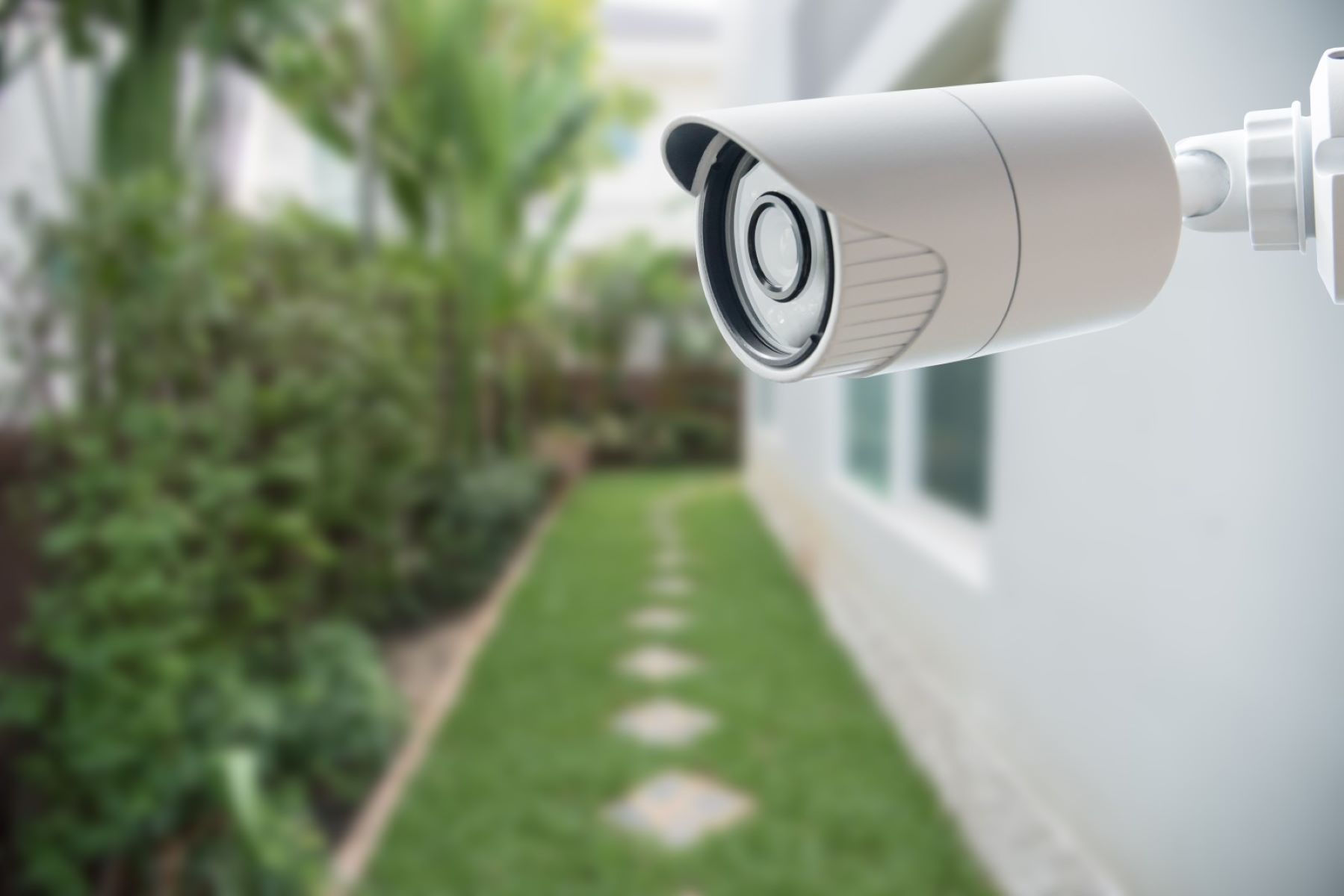
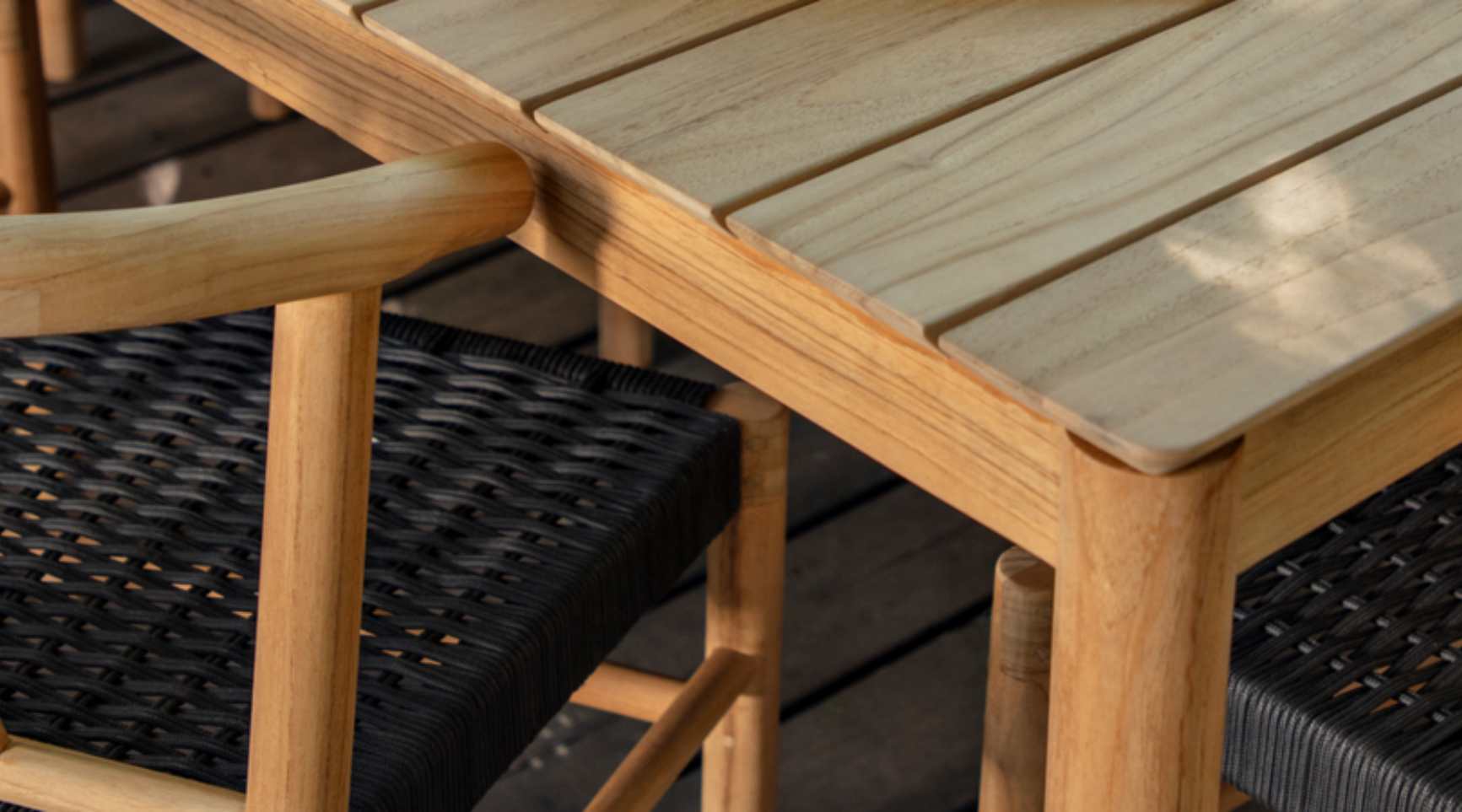
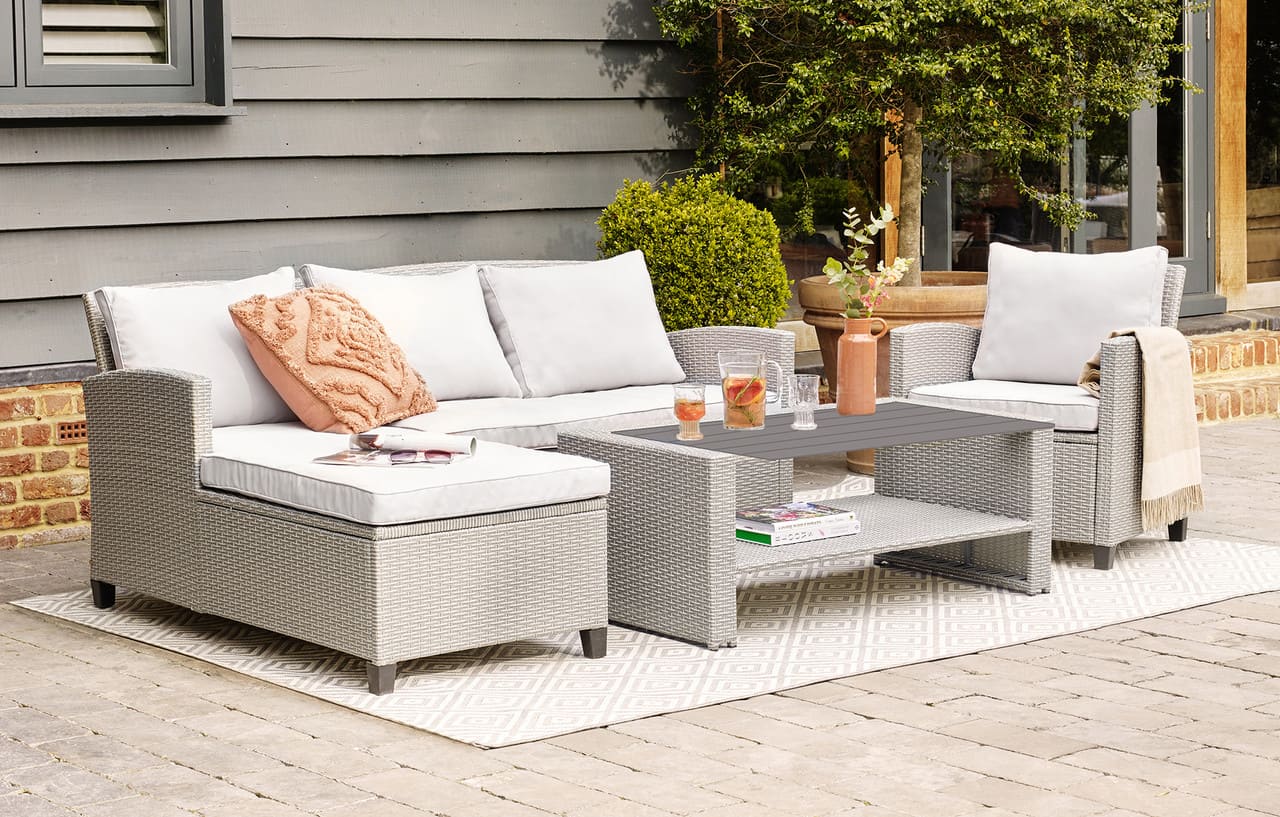
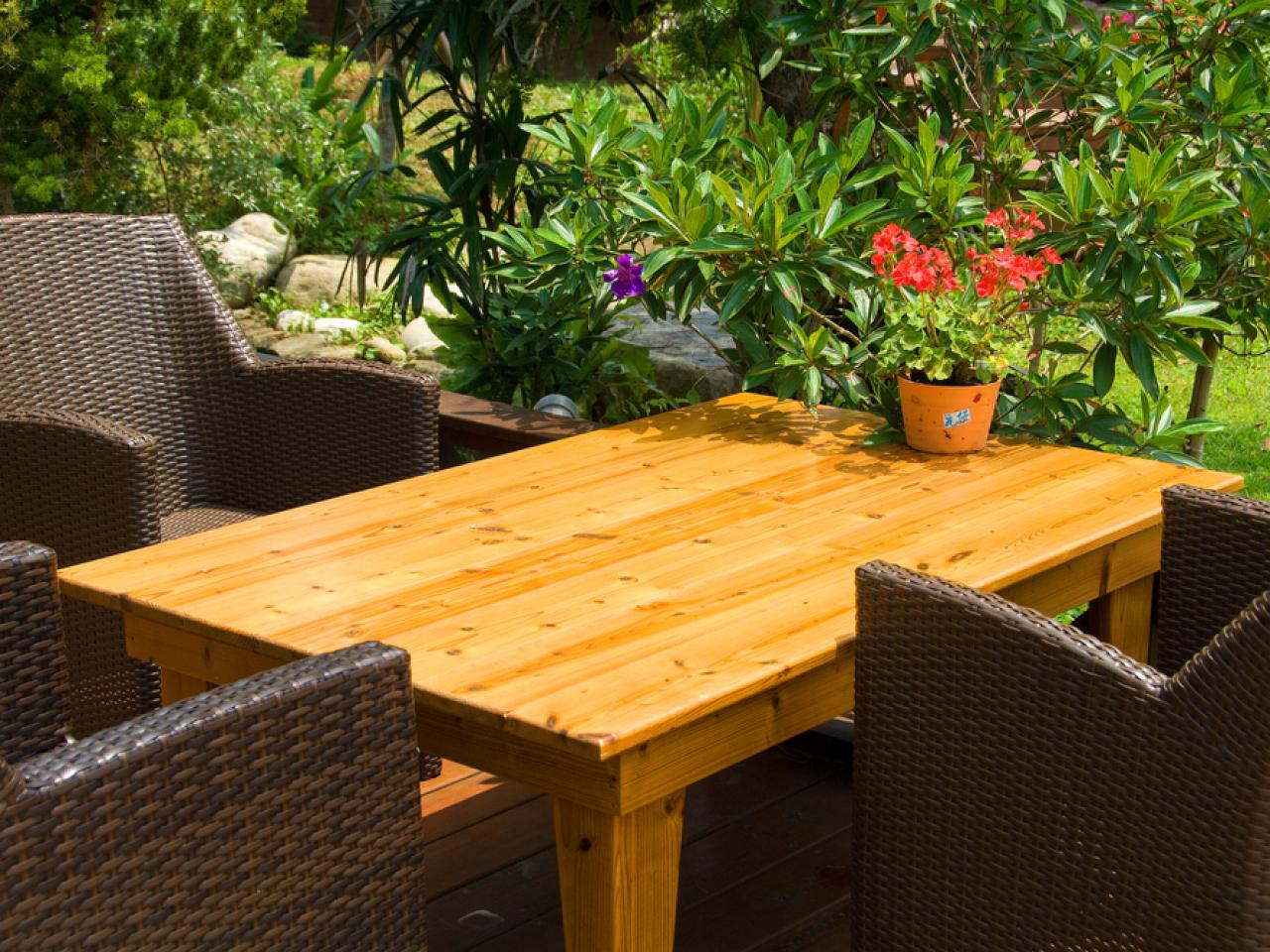
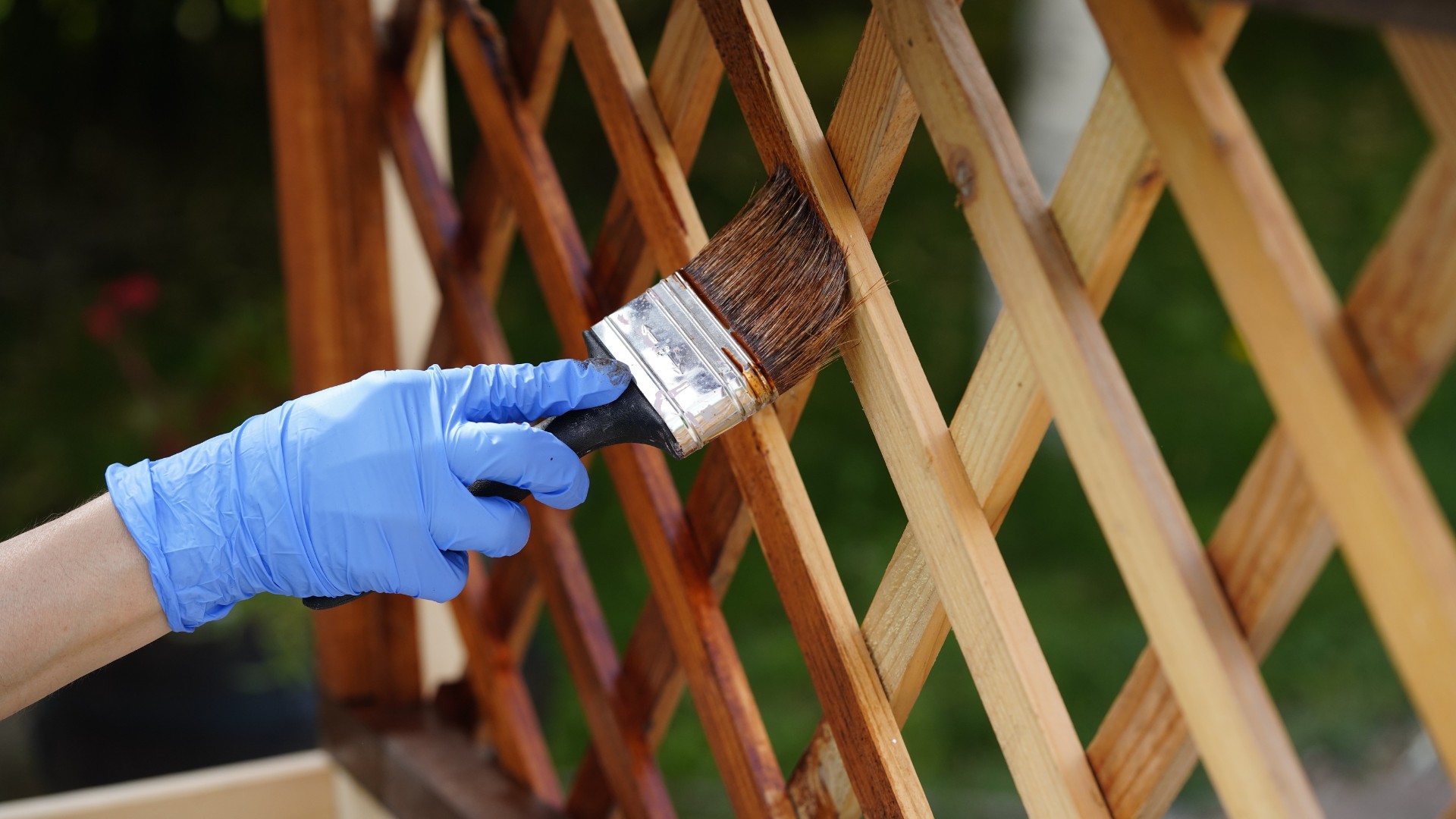
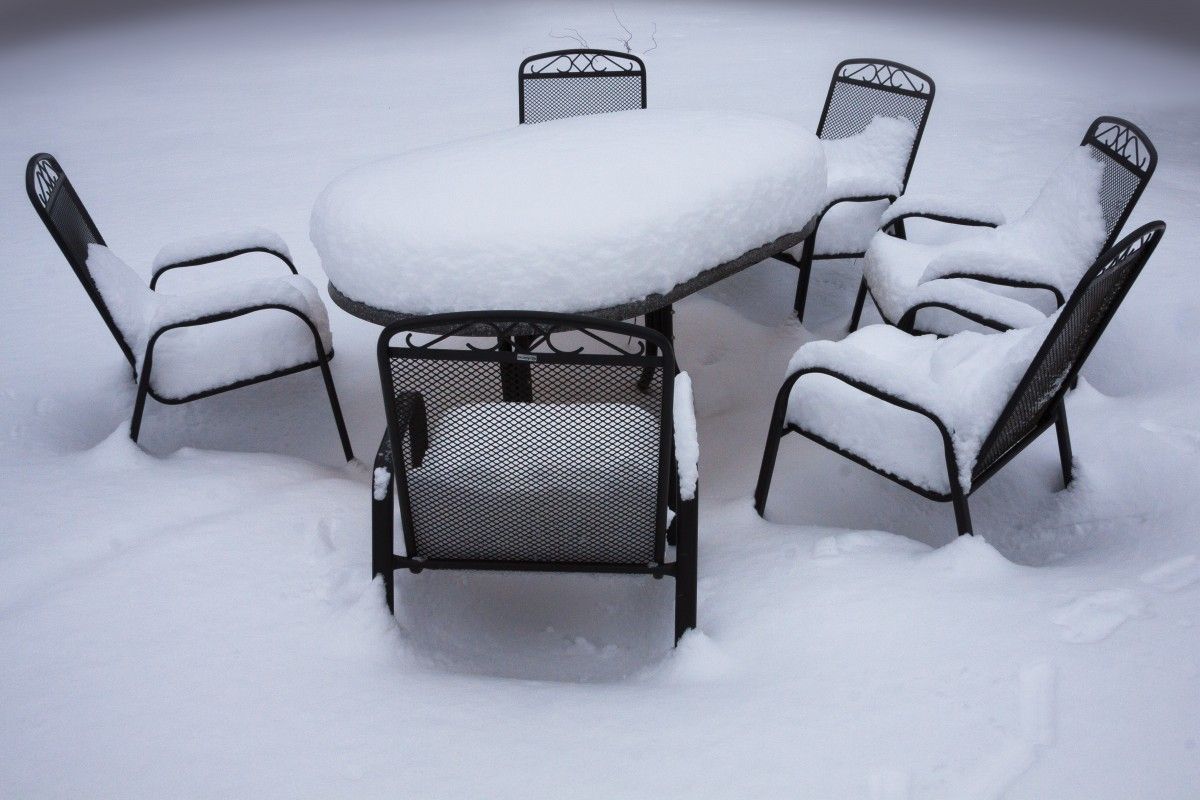
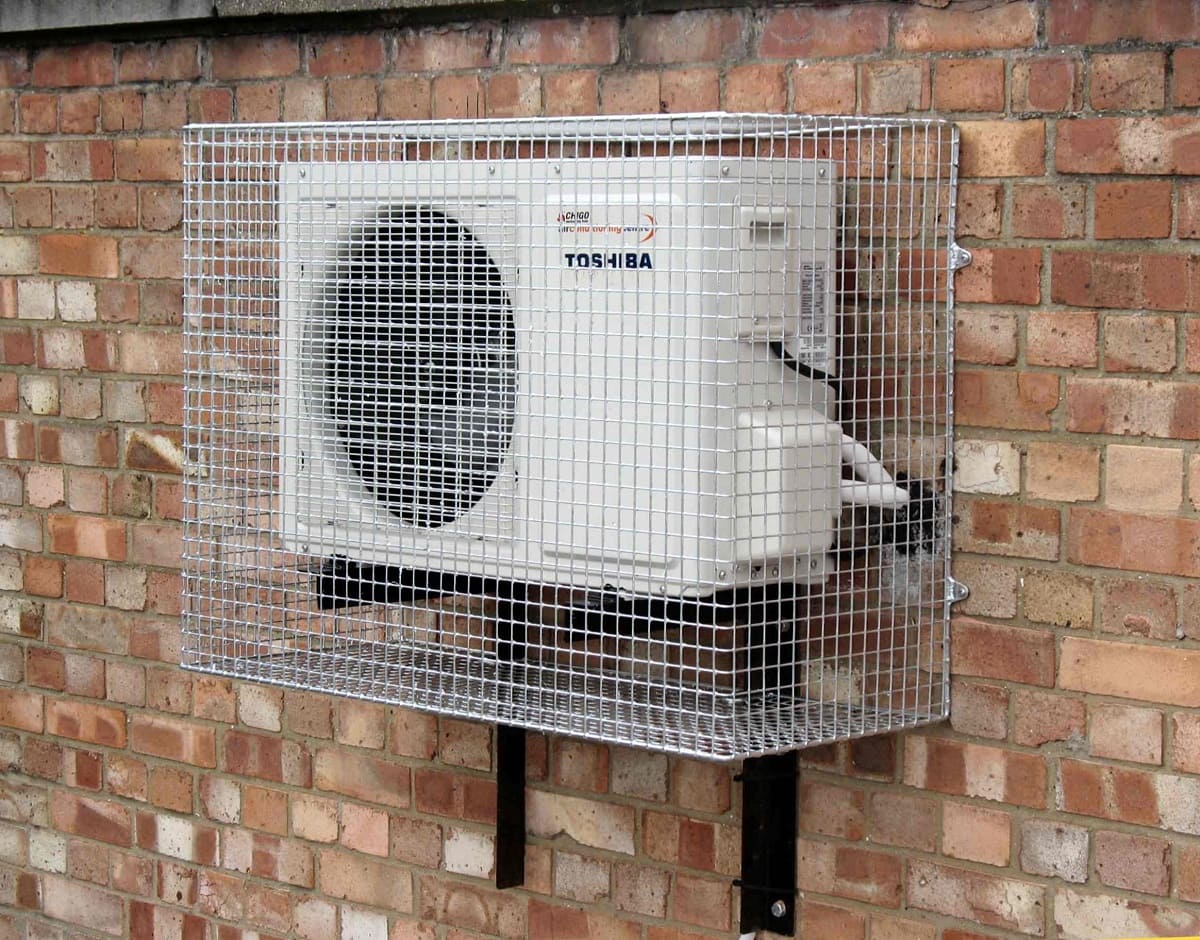
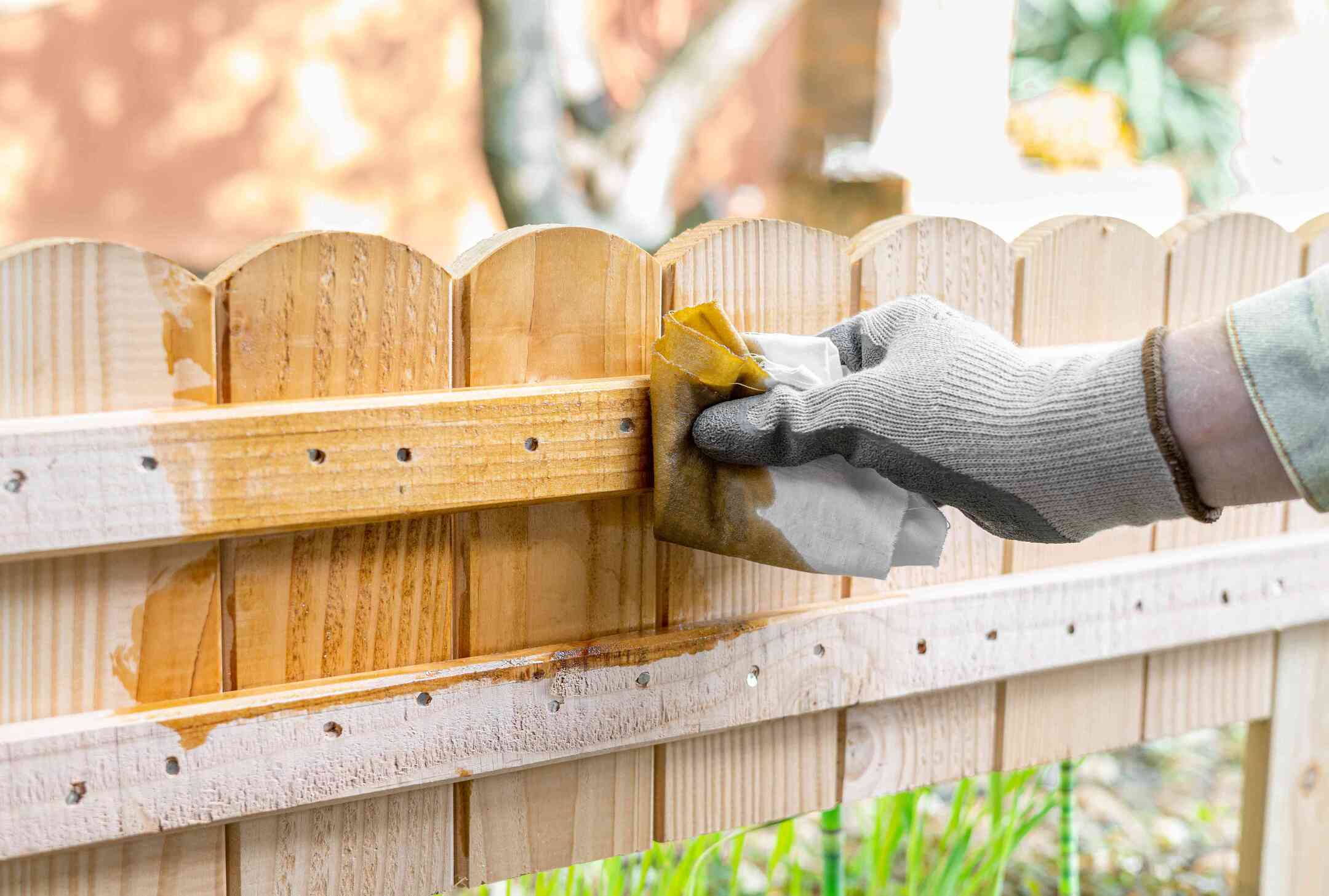
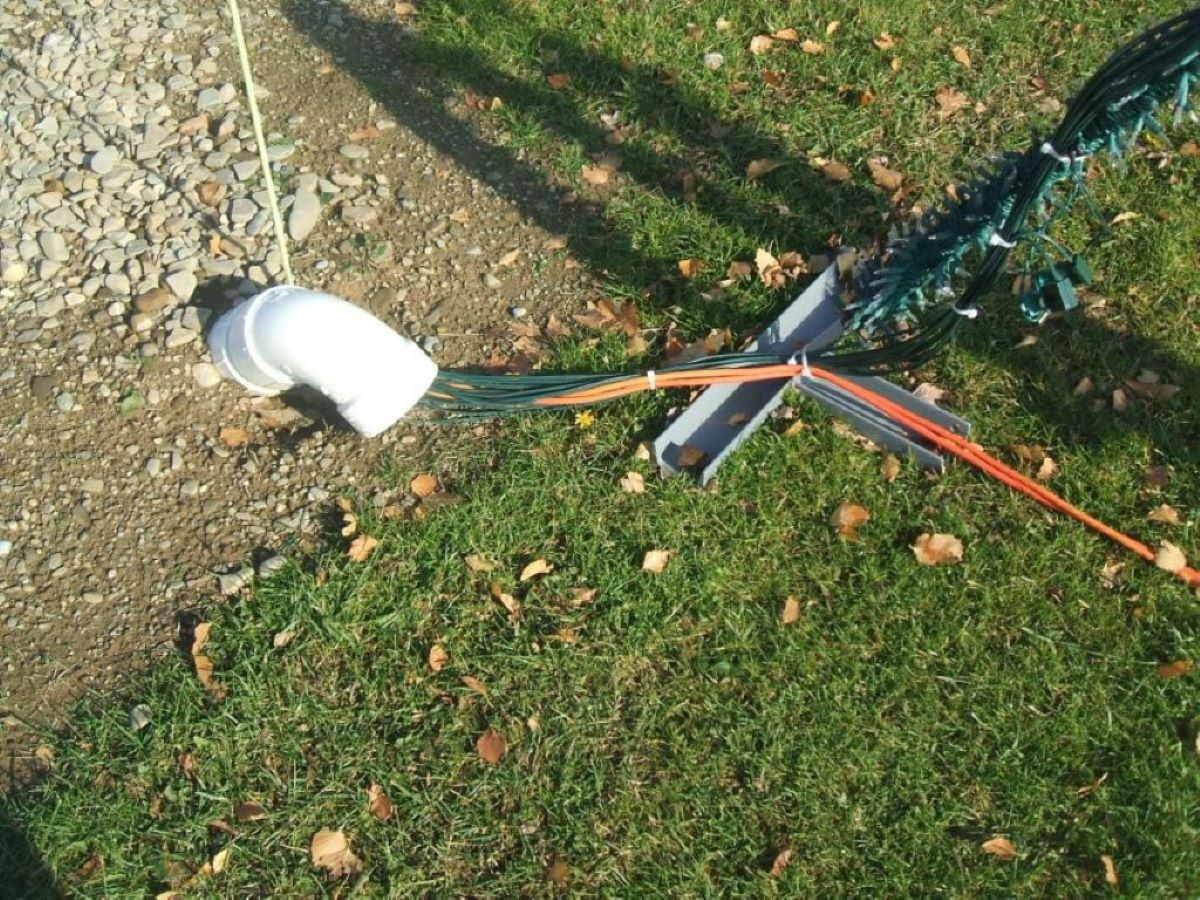
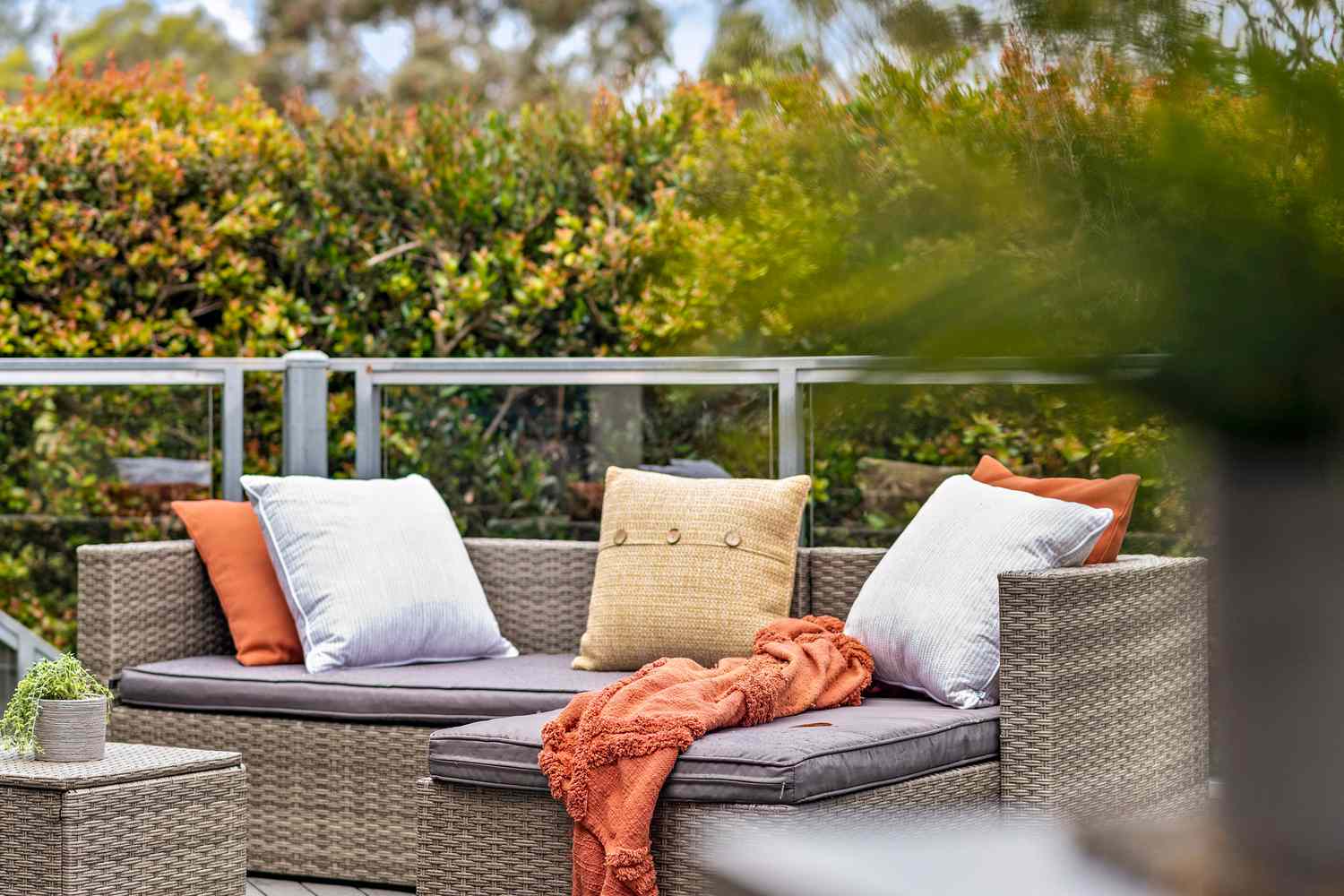

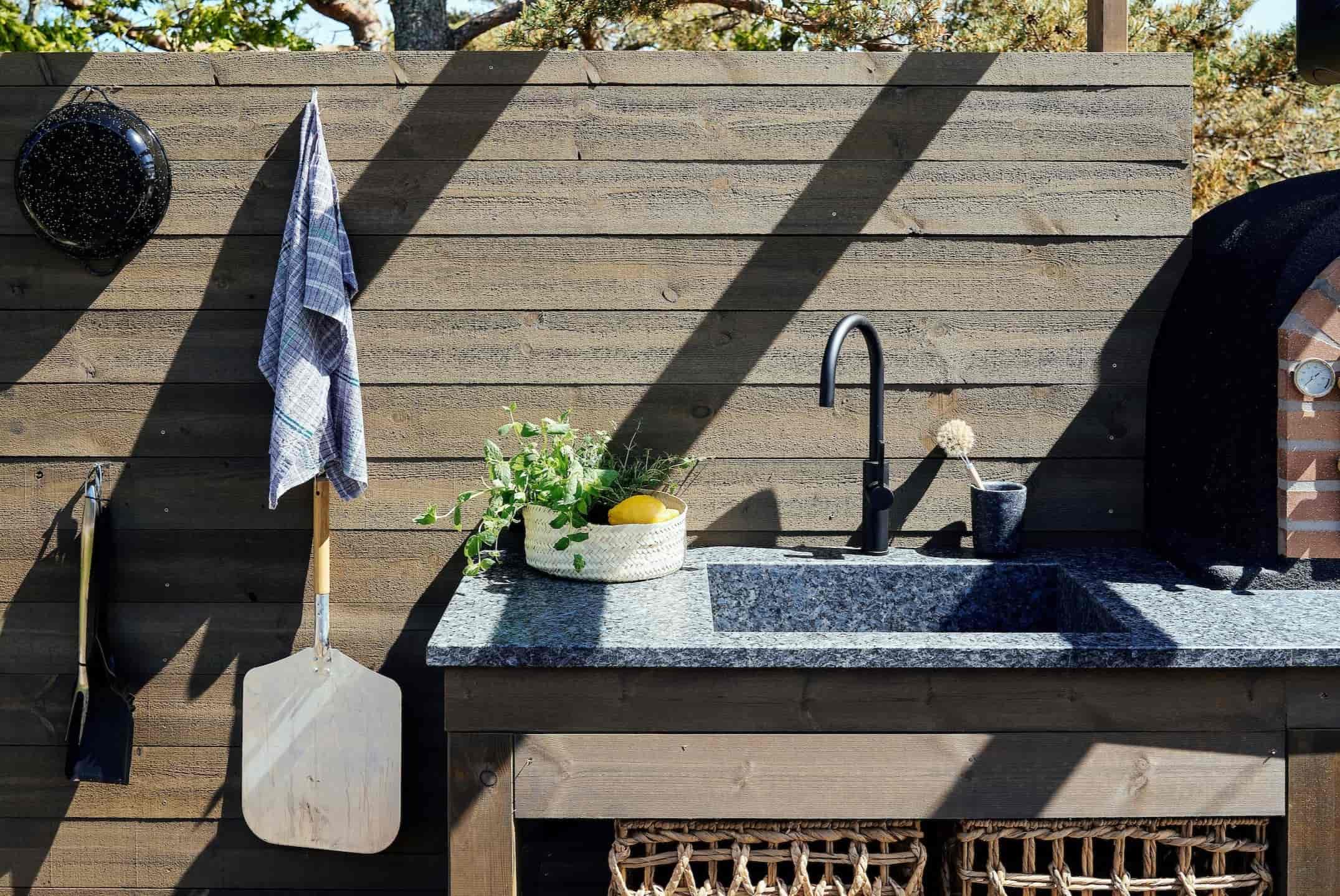
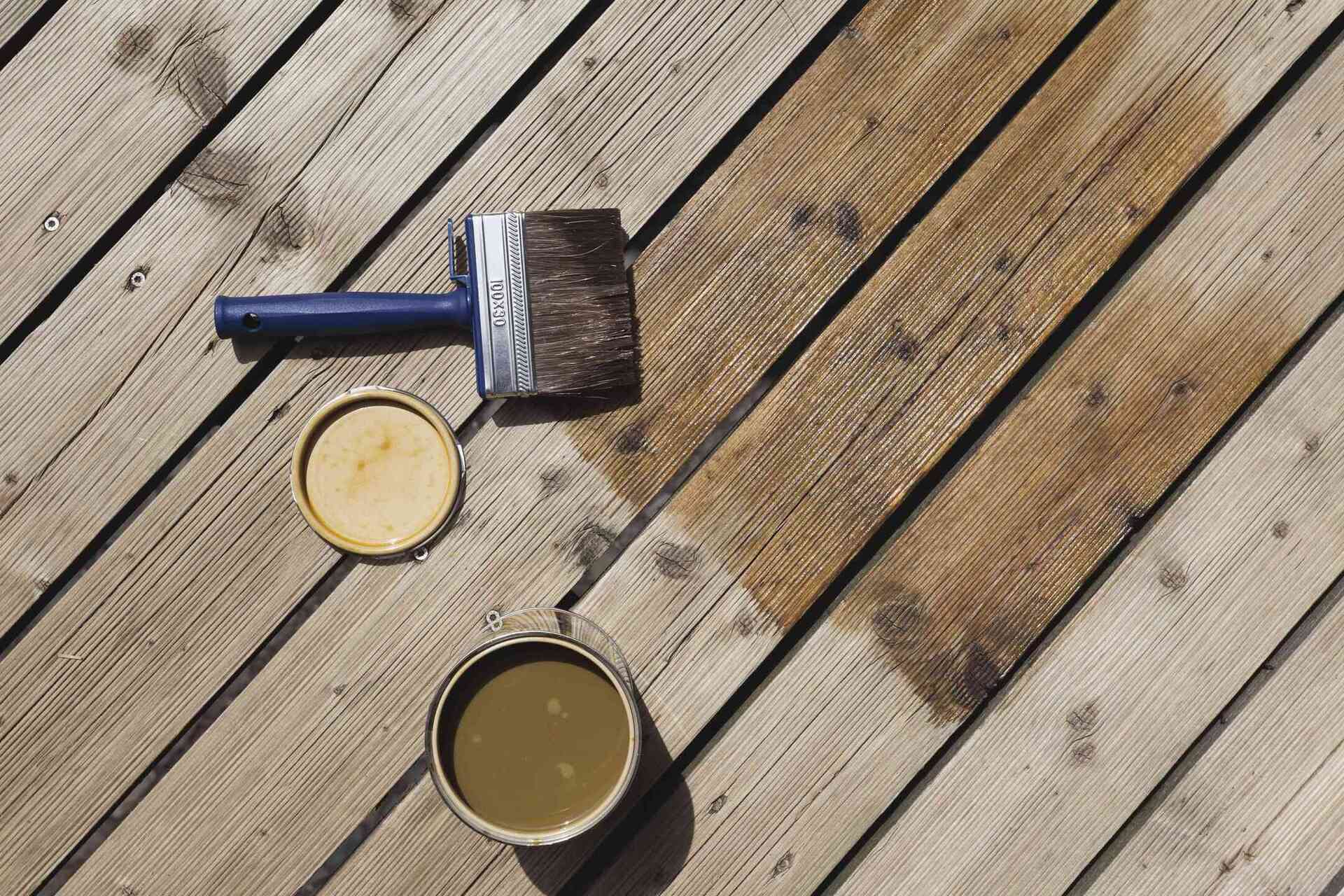
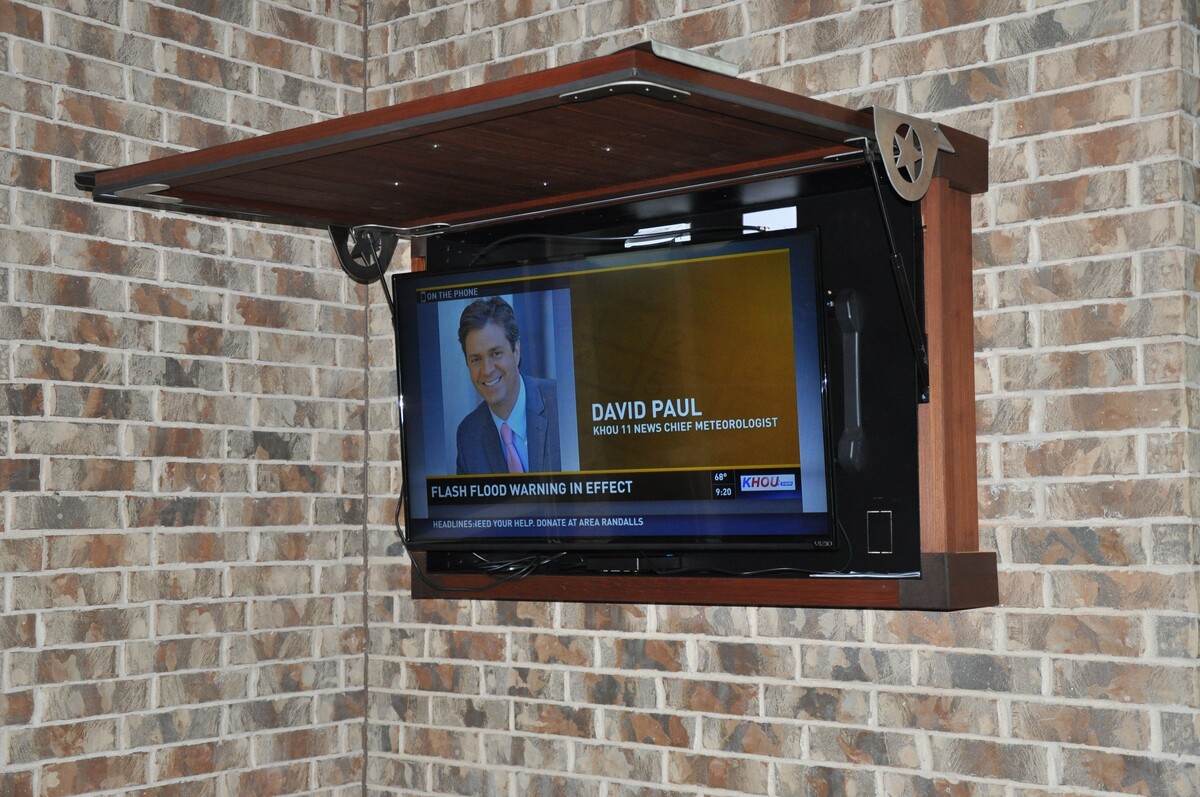

0 thoughts on “How To Protect Outdoor Plumbing”